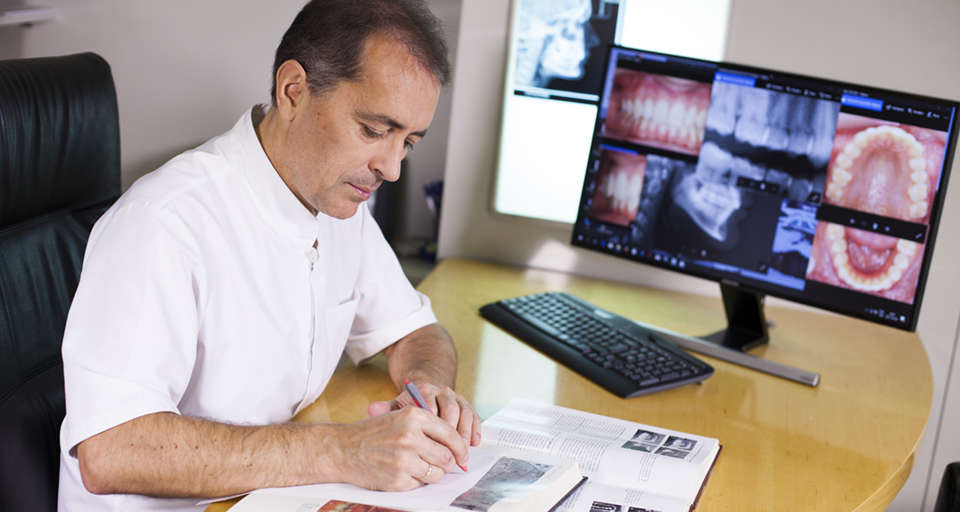Nasolabial symmetry and esthetics in cleft lip and palate: analysis of 3D facial images.
Written by admin on November 10, 2015
Clin Oral Investig. 2015 Nov;19(8):1833-42. doi: 10.1007/s00784-015-1445-0. Epub
2015 Mar 24.
Desmedt DJ(1), Maal TJ(2), Kuijpers MA(1)(3), Bronkhorst EM(4), Kuijpers-Jagtman
AM(1)(3), Fudalej PS(5)(6).
Author information:
(1)Department of Orthodontics and Craniofacial Biology, Radboud University Medical Center, Nijmegen, The Netherlands.
(2)Department of Maxillofacial Surgery, Radboud University Medical Center, Nijmegen, The Netherlands.
(3)Cleft Palate Craniofacial Unit, Radboud University Medical Center, Nijmegen, The Netherlands.
(4)Department of Preventive and Curative Dentistry, Radboud University Medical Center, Nijmegen, The Netherlands.
(5)Department of Orthodontics and Dentofacial Orthopedics, University of Bern, Bern, Switzerland. piotr.fudalej@zmk.unibe.ch.
(6)Department of Orthodontics, Palacky University Olomouc, Olomouc, Czech Republic. piotr.fudalej@zmk.unibe.ch.
OBJECTIVES: To determine the relationship between nasolabial symmetry and
esthetics in subjects with orofacial clefts.
MATERIAL AND METHODS: Eighty-four subjects (mean age 10 years, standard
deviation 1.5) with various types of nonsyndromic clefts were included: 11 had
unilateral cleft lip (UCL); 30 had unilateral cleft lip and alveolus (UCLA); and
43 had unilateral cleft lip, alveolus, and palate (UCLAP). A 3D
stereophotogrammetric image of the face was taken for each subject. Symmetry and
esthetics were evaluated on cropped 3D facial images. The degree of asymmetry of
the nasolabial area was calculated based on all 3D data points using a surface
registration algorithm. Esthetic ratings of various elements of nasal morphology
were performed by eight lay raters on a 100 mm visual analog scale. Statistical
analysis included ANOVA tests and regression models.
RESULTS: Nasolabial asymmetry increased with growing severity of the cleft
(p = 0.029). Overall, nasolabial appearance was affected by nasolabial
asymmetry; subjects with more nasolabial asymmetry were judged as having a less
esthetically pleasing nasolabial area (p < 0.001). However, the relationship
between nasolabial symmetry and esthetics was relatively weak in subjects with
UCLAP, in whom only vermilion border esthetics was associated with asymmetry.
CONCLUSIONS: Nasolabial symmetry assessed with 3D facial imaging can be used as
an objective measure of treatment outcome in subjects with less severe cleft
deformity. In subjects with more severe cleft types, other factors may play a decisive role.
CLINICAL SIGNIFICANCE: Assessment of nasolabial symmetry is a useful measure of
treatment success in less severe cleft types.
DOI: 10.1007/s00784-015-1445-0
PMID: 25802221 [Indexed for MEDLINE]




